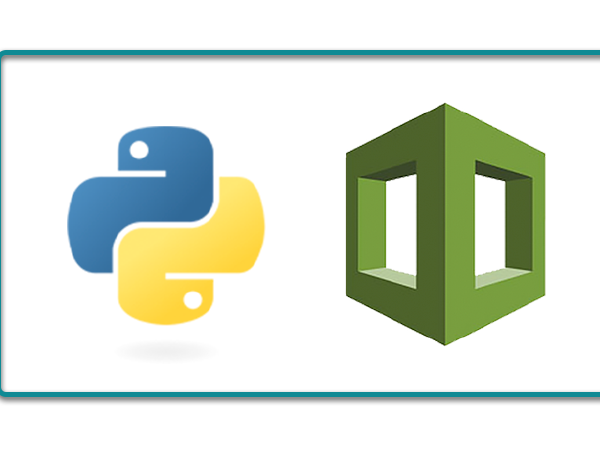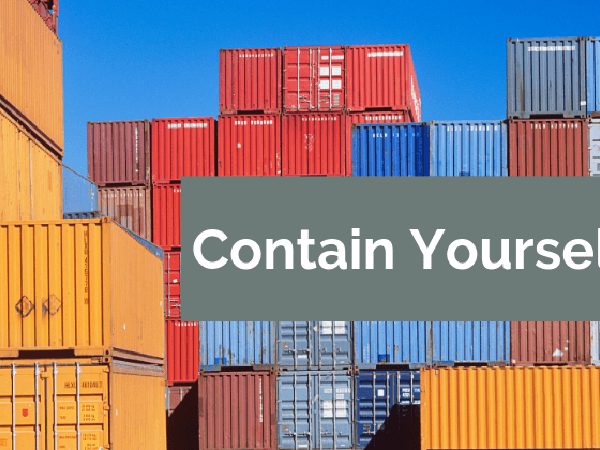Containers
2025

How to Create a Helm Chart for a Django App
At Caktus, we use Helm charts to simplify our deployment process for Django projects. Helm is a package manager for Kubernetes, and using Helm charts allows us to automate the process of writing Kubernetes configuration files for our Django applications. We use it together with GitHub Actions and Ansible to streamline our deployment processes.
2020

How to Schedule Tasks Using Celery Beat in a Container
When running services in a container, changes to files can be discarded at any time, but the Celery beat default scheduler keeps its state in a file.

How to Use the "docker" Docker Image to Run Your Own Docker daemon
There exists on Docker hub a Docker image called docker. It also has two flavors, "stable" and a "dind" (Docker-in-Docker). What is this image for and what is the purpose of these two different image tags?
2017

Managing your AWS Container Infrastructure with Python
We deploy Python/Django apps to a wide variety of hosting providers at Caktus. Our django-project-template includes a Salt configuration to set up an Ubuntu virtual machine on just about any hosting provider, from scratch. We've also modified this a number of times for local hosting requirements when our customer required the application we built to be hosted on hardware they control. In the past, we also built our own tool for creating and managing EC2 instances automatically via the Amazon Web Services (AWS) APIs. In March, my colleague Dan Poirier wrote an excellent post about deploying Django applications to Elastic Beanstalk demonstrating how we’ve used that service.

Here's a Production-Ready Dockerfile for Your Python/Django App
Update (October 29, 2019): I updated this post with more recent Django and Postgres versions, to use Python and pip directly in the container (instead of in a separate virtual environment, which was unnecessary), and switched to a non-root user via Docker instead of uWSGI.

Ship It Day Q1 2017
Last Friday, Caktus set aside client projects for our regular quarterly ShipIt Day. From gerrymandered districts to RPython and meetup planning, the team started off 2017 with another great ShipIt.